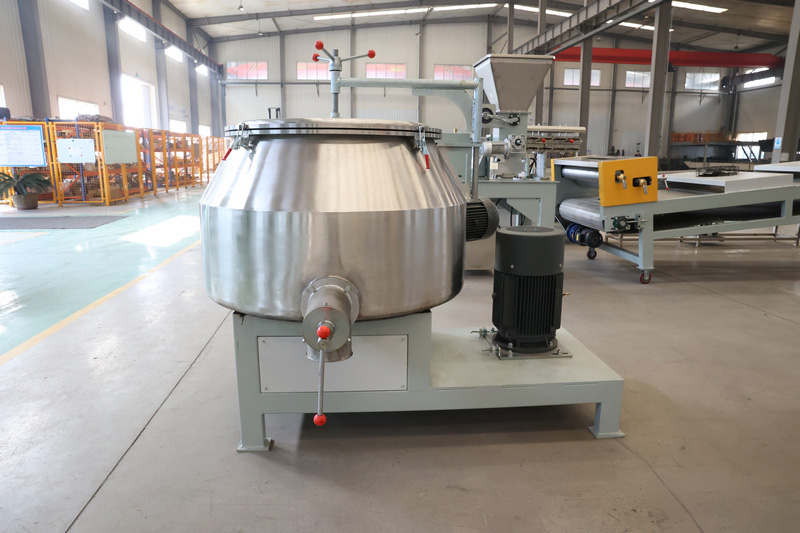The mystery of powder mixing: Principle, application and optimization
The principle of powder mixing is of great significance in both industrial production and laboratory research. In order to ensure the quality and efficiency of powder mixing, it is necessary to understand and master these principles.
First of all, convective mixing means that under the action of external forces, the solid particle group does large position movement, and realizes mixing in the process of circulating flow. This mixing process is also known as mobile mixing. In moving mixing, adjacent solid particle groups exchange positions with each other, thus achieving overall mixing on a macro level. This mixing method is relatively easy to observe, and the mixing speed is relatively fast. In industrial production, convection mixing is often used in large-scale powder mixing operations, such as pharmaceutical, food and chemical industries. By controlling the size and direction of the external force reasonably, the convective mixing can be effectively promoted and the mixing efficiency and uniformity can be improved.

Secondly, diffusion mixing refers to the local mixing caused by the mutual change of position between two adjacent particles. In the continuously rotating mixing equipment, the powder particles are continuously dispersed and unfolded at the edge of the material interface, and the adjacent particles penetrate and blend with each other, so that the material achieves a completely homogenized mixing degree. Since this mixing method is mainly microscopic mixing, it is not easy to observe and the mixing speed is slow. Diffusion mixing is very useful in certain situations, such as when a highly uniform mixture is required. In order to promote diffusion mixing, measures can be taken to increase the contact area and friction between particles to accelerate the interpenetration and mixing between particles.
In addition, shear mixing refers to the relative movement between particles, forming a number of slip planes on the surface of the material and mixing, blending and blending with each other. In shear mixing, the relative motion between particles leads to the formation of slip planes on the material surface, which make the mixing between particles more uniform. Shear mixing is often used in situations where high shear forces are required, such as mixing operations in highly viscous fluids. By reasonably controlling the size and direction of shear force, the effect of shear mixing can be improved and the material can achieve a more uniform mixing state.

In addition to the above three principles, there are other principles such as seepage mixing. Seepage mixing refers to the mixing of materials during the flow process in the container. In seepage mixing, the flow of materials drives the mutual movement and mixing of particles, so as to achieve mixing. Seepage mixing is usually suitable for materials with good fluidity, such as powders, particles or liquids. In practical applications, it is very important to choose the right powder mixing principle according to different needs and conditions. According to the nature of the material, the characteristics of the equipment and the process requirements, the advantages of various powder mixing principles can be better played and the mixing efficiency and uniformity can be improved. At the same time, it is also necessary to pay attention to the control of operating conditions and parameters, such as temperature, pressure, speed, etc., to ensure the quality and stability of powder mixing.


